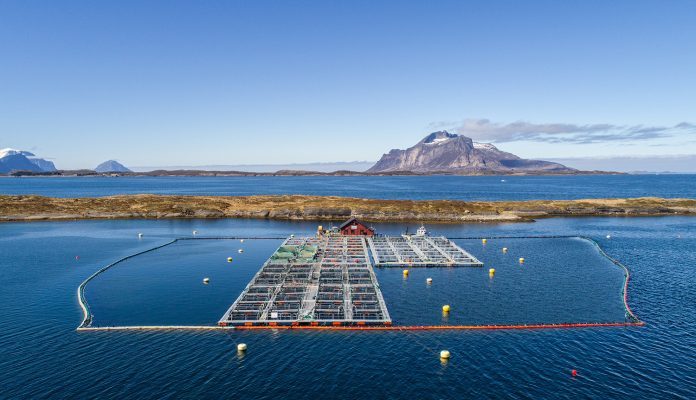Norwegian fish-nutrition researchers taking part in Europe-wide studies to produce aquafeed from insect protein confirm they have the first “harvest” of 1,200 Atlantic salmon raised on the black soldier fly’s protein.
“As far as we know, these are the first fish in Europe raised on protein to slaughter size that could be commercially sold,” said Erik-Jan Lock, a Norway-based Dutch researcher at the Institute of Marine Research who’s deeply involved in project Aquafly, a European project whose partners include Cargill’s Norway-based brand, EWOS.
While the costs of raising flies looks expensive, Lock confirmed it was “surprisingly easy” to get good quality feed and healthy fish from the fly proteins produced by Protix, a Netherlands-based outfit understood to have already formed a joint venture to produce a version of “fly-feed”.
Read New insect feed yields new salmon brand
Read Insect feed maker raises EUR 15 million for more plant
The idea isn’t new. European enterprises and research have sought to replace soya and fish tailings — or fish meal and fish oil — but still end up with good quality feed and healthy fish. A communique from project partner, Protix, hailed the arrival of “friendly salmon” grown-up on insect feed in Norway.
EWOS produced the diets and Norwegian research salmon farm, GIFAS, ran the trial. Research communities from Ireland, Norway, Scotland and Spain were involved, with those in Barcelona and Bergen studying the social costs and financial gains of using insects, and those in Ireland and Scotland looking into kelp flies.
Good growth
The Norwegian-based GIFAS research farm ran the trial and hosted the salmon raised on insect protein. They grew normally from 1 kg to 4 kg without the use of fish meal.
“We started the trial last summer when the EU made insect protein for feed legal from July 1st. It became legal in Norway on Jan. 1st, 2018,” Lock said, adding that insect protein still isn’t available in quantity yet.
“Protix are quite convinced they can grow fish on insect diets without concessions on fish health,” Lock said, adding that the project confirmed insect instead of soya produced “positive effects” for fish health. The trial saw 12 cages of 100 fish each “that performed really well”.
Animal requirement
“We were surprised how easy it was. I saw the processed insect protein, and we did a trial of the quality, and it looked good,” Lock said.
“The industry is still looking for a substitute that is not plant-based. With plant proteins, the fish will still have the requirement for animal ingredients.” Hence the fly.
Safety next
However, insects — like tuna — can “accumulate things”, and Lock and other researchers will spend 2018 looking at the safety side of using insects.
“It’s not an issue with big producers, but outside of Europe where there are clear checks and laws, insects that land on dirty substrates are a concern,” he said.
A major focus of the Aquafly project has been finding ways to produce as much of the aquafeed In Norway as possible. Seaweed and especially the aquatic insects that use it have been looked at.
“Norway is the biggest potential consumer and a potential big producer of insect feed.”

